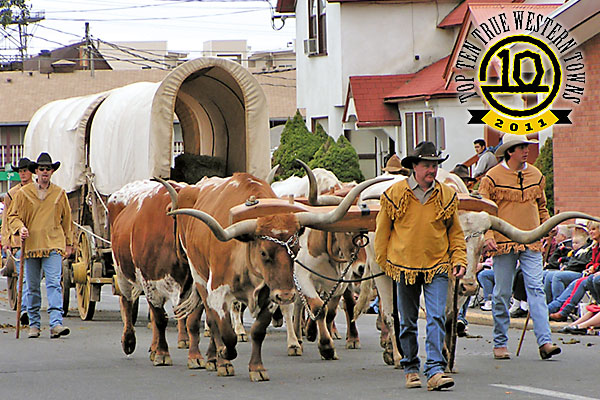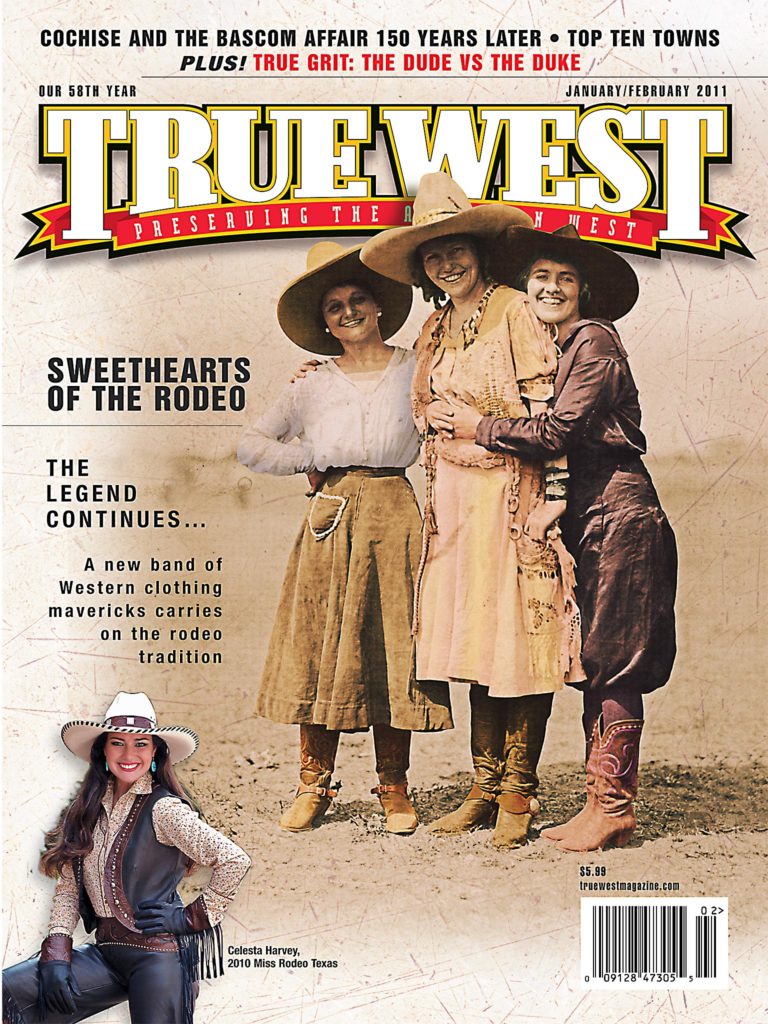9. VIRGINIA CITY, NV
Old West “boomtowns” were tagged as such for a reason. Take Virginia City, Nevada, for example.
Silver was discovered in the area in 1859 at the legendary Comstock Lode. Within a decade, the population jumped from 0 to about 30,000. These miners and fortune seekers led a tough life here, partly due to the conditions; mountain winters were freezing and snow-filled, and the mines themselves were unbearable saunas, with temperatures boosted by natural hot springs.
Life expectancy was low, and that was pretty much the case for Virginia City itself. The Lode provided an astounding $400 million in silver, yet when that ran out in the 1890s, the town almost died. But not quite. Some 1,000 or so hardy souls stayed around, maintaining the buildings with small businesses.
Today, the population is at about that same level, and the business is tourism—big tourism; more than two million people visit Virginia City each year. Most are there to see the historic district (which received landmark status 50 years ago, in 1961). The city includes 382 buildings on 14,750 acres, plus thousands of archaeological sites and numerous abandoned mineshafts.
Boardwalks still line the streets that feature some remarkable 19th-century buildings. The First Presbyterian Church dates back to 1867; it was one of the few structures that survived the Great Fire of 1875. The Gold Hill Hotel is the oldest hotel in the state, built in 1861. And the Piper Opera House celebrated its 125th anniversary in 2010.
The city’s shining gem is its famed Virginia & Truckee Railway, which began hauling supplies and people in 1870. By 1931, passengers were a thing of the past—and so was the V&T in 1950. But efforts to revive the Queen of the Short Lines resulted in a resumption of some tourist service in 2009. If the plans hold, the entire line from Gold Hill to Carson City will reopen in 2012, a remarkable accomplishment and preservation effort.
The railway is not the town’s only preservation concern. As gold prices have soared in recent years, mining companies have applied to destroy the 1872 Gold Hill Depot and houses at nearby Greiner’s Bend; the aim is to enlarge an open pit mine developed (and abandoned) in the 1970s. So far, permission has been denied. But the depot and buildings are also in danger of sliding into the pit; the solution to reverse this is still being sought.
The town is also battling vandalism at the historic Comstock Lode cemeteries (between 22 to 32 in the area). Vandals incorrectly think they’re abandoned and that it’s okay for them to take “artifacts.” The Comstock Cemetery Foundation was formed in 2000 to care for these cemeteries. In its first decade, the foundation completed $3 million of work (much of it volunteer) in the graveyards.
It’s heartening that local folks not only recognize the problems but are willing and able to work for solutions. Perhaps Virginia City is in line for a new boom of popularity and prosperity.





